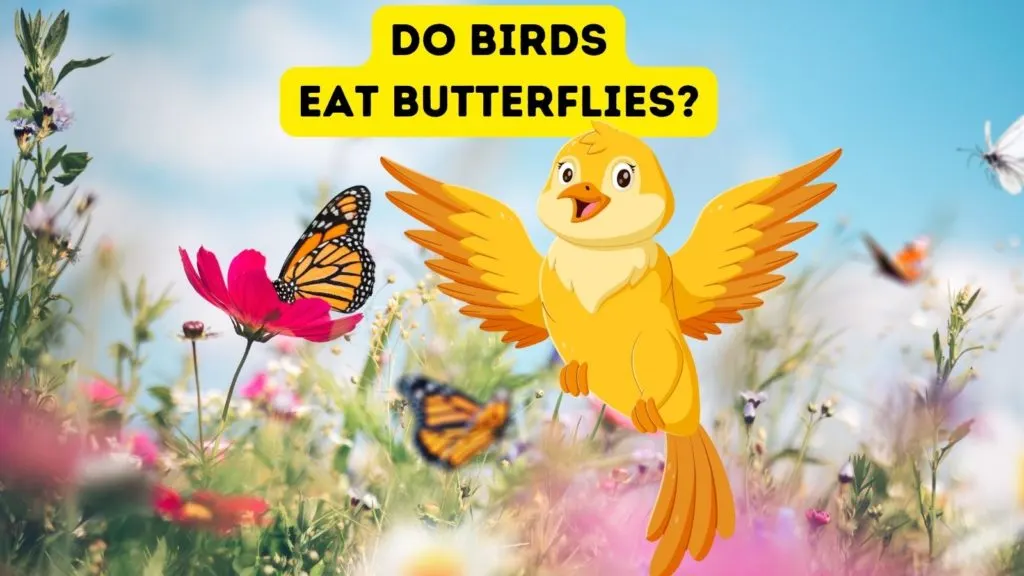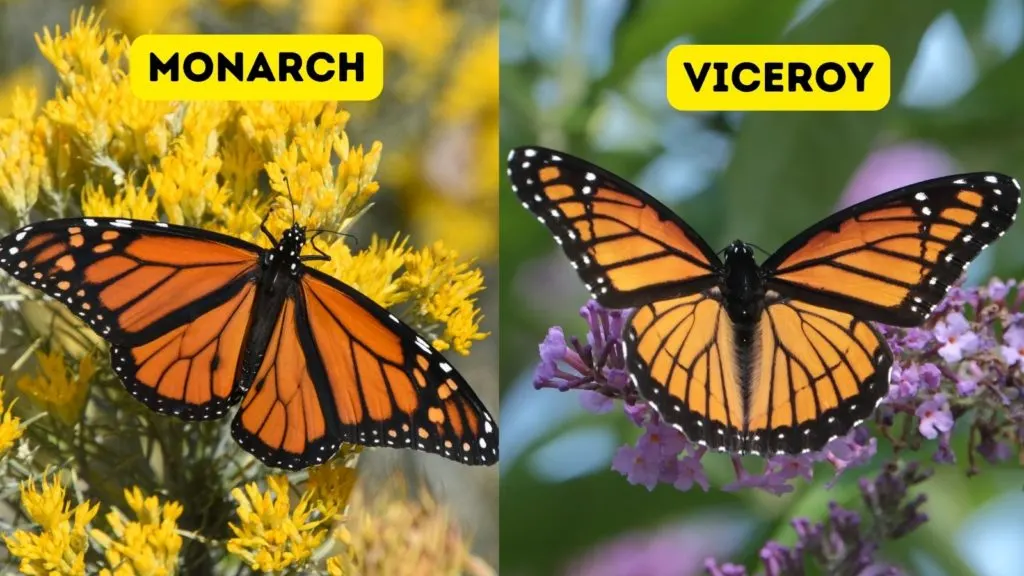Are you wondering if birds eat butterflies? The answer is yes. Birds eating butterflies is a natural occurrence in the wild, and it plays a significant role in the ecological balance of nature. While this might seem concerning, especially for those who love butterflies, it’s a part of the natural food chain and helps maintain healthy populations of both birds and butterflies.

Backyard Birds That Eat Butterflies
Several common backyard birds eat butterflies. These include:
- Warblers: Often catch butterflies in mid-air.
- Sparrows: Known to feed on both butterflies and caterpillars.
- Flycatchers: As their name suggests, these birds are adept at catching flying insects, including butterflies.
- Robins and Thrushes: Occasionally eat butterflies, though they prefer worms and other insects.
- Wrens: Small insectivorous birds that may eat butterflies.
Butterflies and Moths That Birds Tend to Avoid
In the U.S., there are certain butterfly species that birds tend to avoid eating, primarily due to the butterflies’ defense mechanisms like toxicity or unpalatable taste. These include:
Monarch Butterfly: Monarchs are known for their bright orange and black coloration, which serves as a warning to predators. They consume milkweed during their caterpillar stage, which contains toxic compounds called cardenolides. These toxins make Monarchs distasteful and potentially harmful to birds–so they stay off of the bird’s menu!

Viceroy Butterfly: Viceroys are well-known for their mimicry of the Monarch butterfly. Although Viceroys are not as toxic as Monarchs, their similar appearance deters many birds who associate the color pattern with a bad taste or toxicity.
Pipevine Swallowtail: This butterfly species feeds on pipevine plants in its larval stage, which contain toxic chemicals. The toxins are retained in the butterfly, making it unpalatable to birds.
Queen Butterfly: Similar to Monarchs, Queen butterflies also feed on milkweed as caterpillars and thus accumulate toxins that make them less palatable to birds.
These defense mechanisms are examples of how certain butterflies have evolved to reduce predation by birds and other predators. It’s a fascinating aspect of the natural world where prey species develop strategies to avoid being eaten, contributing to the diverse and dynamic nature of ecosystems.
Is it OK to Have a Butterfly Garden Near Bird Feeders?
Many bird lovers have both bird feeders and a butterfly garden–and that’s just fine! Having a butterfly garden near your bird feeders isn’t inherently bad and can actually create a vibrant and diverse ecosystem in your yard. Understand that birds might prey on butterflies, which is a natural occurrence.
It’s all part of Mother Nature’s checks and balances. Bird predation keeps butterfly populations in check, preventing overpopulation, and this predator-prey relationship contributes to the biodiversity of the ecosystem.
More Posts You Might Like
- Does Bird Seed Expire? - May 11, 2024
- How Big Are Baby Hummingbirds? - May 5, 2024
- How to Prevent Mold in Hummingbird Feeder - May 2, 2024
